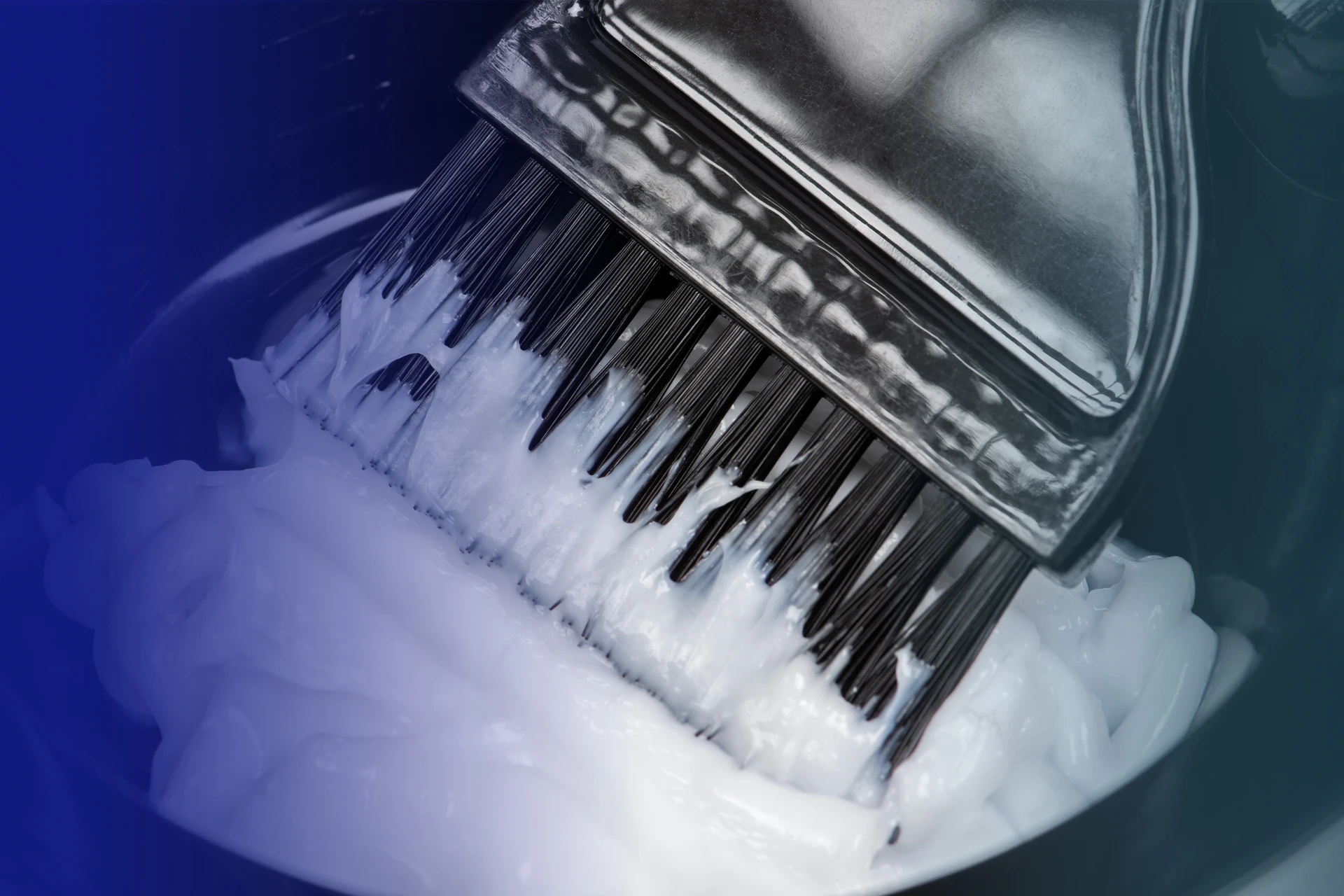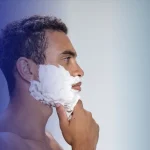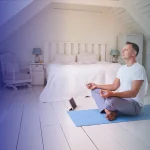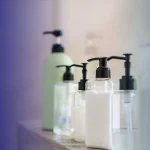
Table Of Content
While many of us have gained the confidence during the global pandemic to give our hair a cautious trim, dyeing it seems to be a far more complicated procedure. Waiting for the hairdressers and barbers to reopen, however, has left lots of people with visible grey patches, clashing roots and less self-confidence as their hair starts to return to its natural colour.
While an enforced return to nature can be enlightening and even empowering for some people, others may prefer to take steps to learn how to bleach hair at home, or how to dye your hair so that you can feel more like their old, pre-pandemic selves, whether they are working remotely from your office, home-schooling children or simply staying more local for the time being. To follow are some starting off tips to make the whole subject of how to dye your own hair less mystifying.
First of all, it is key to know that it is generally safe to dye your hair at home, so long as you take it slowly and carefully and follow the instructions on the hair dye or bleach packaging very precisely. It is best to carry out a test patch first, applying a small amount of the bleach or dye to an area of your hair that is hidden from view. This is a crucial stage in the process and you mustn’t become impatient and skip it, as you need to know that your chosen product is suitable for you, and won’t cause any allergies or damage to the hair.
If you have any health concerns that might be affected by dyeing your hair, or you are uncertain whether you should be attempting to dye or bleach your hair at home, consult your doctor, as well as your regular hairstylist to get advice on the best way to proceed. Never attempt anything too radical, or too dramatic a colour change at first, as you will need to build up practice and confidence first to make any major changes to the colour of your hair. If you do want to try a bolder hair colour change in the longer term, do it in several stages and build up to the new colour in degrees of colouring, rather than switching all in one go and risking damage or an embarrassingly amateur result.
If you are keen to find out for yourself whether blondes really do have more fun, then bleaching your hair is a great place to start. Bleaching your hair is a more complicated process than a simple dye job, as it is much harder to anticipate the results correctly. It can also harm your scalp if you do not get the strength and balance of bleach right. If at all possible, it is recommended to wait until a professional can do this process for you.
If you do decide to have a go at working out how to bleach hair at home, then it is crucial to do your research and take it slowly. If you just need to touch up your roots, this can be fairly straightforward. It is also easier for hair that is already blonde or light brown in colour.
Make sure your hair is in great condition – clean, healthy and well hydrated. Get everything you need ready in advance and don’t forget to lay down plenty of paper or sheets and wear a protective layer such as a hairdresser’s gown or old shirt to stop the bleach damaging your carpets, furniture and clothing.
Divide your hair into four sections, applying the bleach one inch away from the scalp, working it down the hair to the ends. You can work on the roots after the rest of your hair has been treated. Leave the bleach on for the time it says on the packet – and no longer. As soon as the time is up, shampoo your hair thoroughly to remove the bleach and avoid over-processing. Use a shampoo that is specially formulated for bleached hair.
For those who prefer a slightly less dramatic colour change, highlights can really lift the hair and give you a whole new look without having to commit to dyeing a full head of hair. This can be an excellent compromise for anyone feeling nervous about a DIY dye job, but who fancies a new look that can be achieved without having to go to the salon. All it takes is some good advice and tips to get you started, suitable products for your hair type and a place where you can do the job calmly with plenty of space and easy surfaces to wipe clean.
Start by choosing a hair dyeing kit that is specifically meant for highlights as it will contains the right type of ‘lightener’ product to do a good, safe job. You might be able to collect such a kit from your stylist or colourist, even if the salons are not taking customers in person. Opt for a shade that will suit your hair colour – this is usually detailed on the box – and don’t try for too sharp a contrast while highlighting your hair at home or you could end up with an undesirable ‘zebra’ effect. Stay within one or two shades lighter than your existing hair colour to be safe.
Use aluminium foil cut into rectangles to separate your highlighted strands from the rest of your hair as they work, if you can’t get hold of professional, pre-cut foils – they will do just as good a job. Bear in mind, though, that as the metal conducts heat, it can lighten the hair faster too, so check on its progress frequently. Do a strand test first to ascertain expected results. Wear disposable gloves and use an old toothbrush or paintbrush to apply the dye onto one section of hair at a time.
Wrap the hair in the foil and leave to work the dyeing magic, checking it regularly as detailed above. Don’t do too much at first to ensure that you are happy with the look – you can always add more highlights in later on. Pay attention to the hair framing your face and around your ears and apply the dye a few centimetres away for the scalp to avoid causing irritation or injury. Try not to place the highlights too symmetrically or evenly so you can achieve a more natural look. Add a red or green toner afterwards to counteract any brassy tones (green toner) or icy shades (red).
After choosing your preferred dye and carrying out a strand test successfully, you can get started on dyeing your whole head of hair. Depending on the length of your hair, you may wish to buy two boxes of the same shade to ensure that you don’t run out of colour halfway through. Don’t mix two different colours together unless you are a hair dyeing professional. Follow the instructions on the box to the letter, especially around timings and how long you need to leave your hair dye in before washing it out again to achieve the best results.
Wear old clothing, or a hairdresser’s gown to avoids spoiling anything you want to wear again. Take off earrings and necklaces, as well as any bracelets, watches and rings, again to avoid them from getting stained when you apply the dye if your disposable gloves should rip or slip off your hands midway through. In a similar vein, cover all surfaces, including flooring, furniture and sinks with newspaper, old sheets or bin bags. Only use old towels to dry your hair after shampooing it, in case any dye comes off from your hair.
Don’t forget to protect your skin from dyeing stains too. Getting hair dye off skin is not always a quick job. A good tip is to apply a clear lip balm along your hairline and around your neck and ears to stop any dye from being absorbed into the skin. Always apply dye to dry, newly-washed hair as any water still in your hair may dilute the colour. Tip the dye into a bowl first, rather than squeezing it directly onto your hair from the packet, as this will give you more control over the amount being used and the areas being treated.
Start applying the dye from the roots and work downwards, combing it evenly through your hair for consistent coverage. Work in sections to enable you to remember where you have already been, using clips to keep the rest of the hair out of the way as you work. Use two mirrors – on in front of you and one behind to have a clear view – you can stop and use a handheld mirror to check progress at the back of your head if you don’t have two free-standing mirrors easily to hand. Always use a shower cap to protect your hair and the surrounding surfaces as you wait for the dye to work.
You will need to consult the hair dye packaging for the best idea of how long your hair dye will last; however, a semi-permanent dye usually lasts around four to six weeks. A permanent dye will last longer, but you will need to top up the areas around your roots as your hair grows. It is also a good idea to refresh your colour ever few weeks to keep it looking shiny and bright. Use a shampoo created for coloured hair to maintain results more effectively and avoid the colour fading away too fast
Other ways to keep your hair colour looking fresh include protecting your hair from excess heat or sunlight, as this can cause it to become dry and lose its protective cuticle layer that helps hold in the colour. Wear a hat or a headscarf if you plan to be outdoors in strong sunlight and avoid using your hair dryer and straighteners on their hottest settings. Wear a swimming cap when using a chlorinated swimming pool too, as the chemicals in the water can have a similar effect on coloured hair.
So, how often can you dye your hair? For a permanent colour, it is generally advised to wait four to eight weeks, but if your hair is strong and the dye used is not too stringent, you can top up your roots as required. Do wait the recommended time if you want to re-dye your entire head of hair, a brand new colour, however, as you don’t want to risk damaging it or causing the new colour to come out wrong.
For semi-permanent dyes, you can re-colour your hair again sooner than this, but do make sure that your hair is in a healthy condition before attempting any new treatments. Consult your hairstylist or colourist if you are at all unsure and always do a strand test for any new colour or hair dye product or brand you wish to try out next. Also check with your stylist about which products to use in between dyeing sessions to help your hair stay strong, maintain its colour and stand up to multiple colouring treatments at home. The first two weeks after dyeing your hair are the most critical for good after-care as the cuticles are weaker and more prone to damage.




